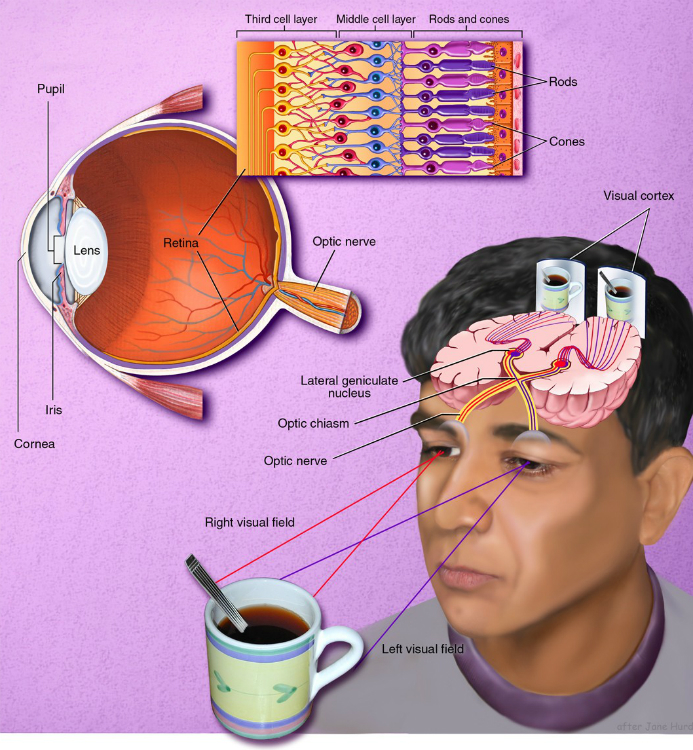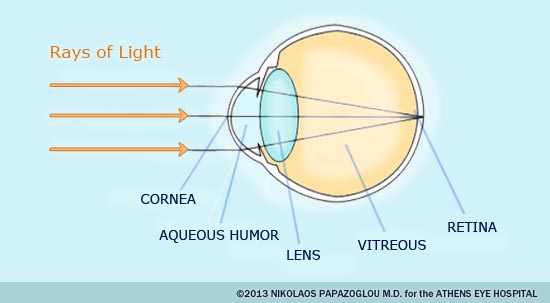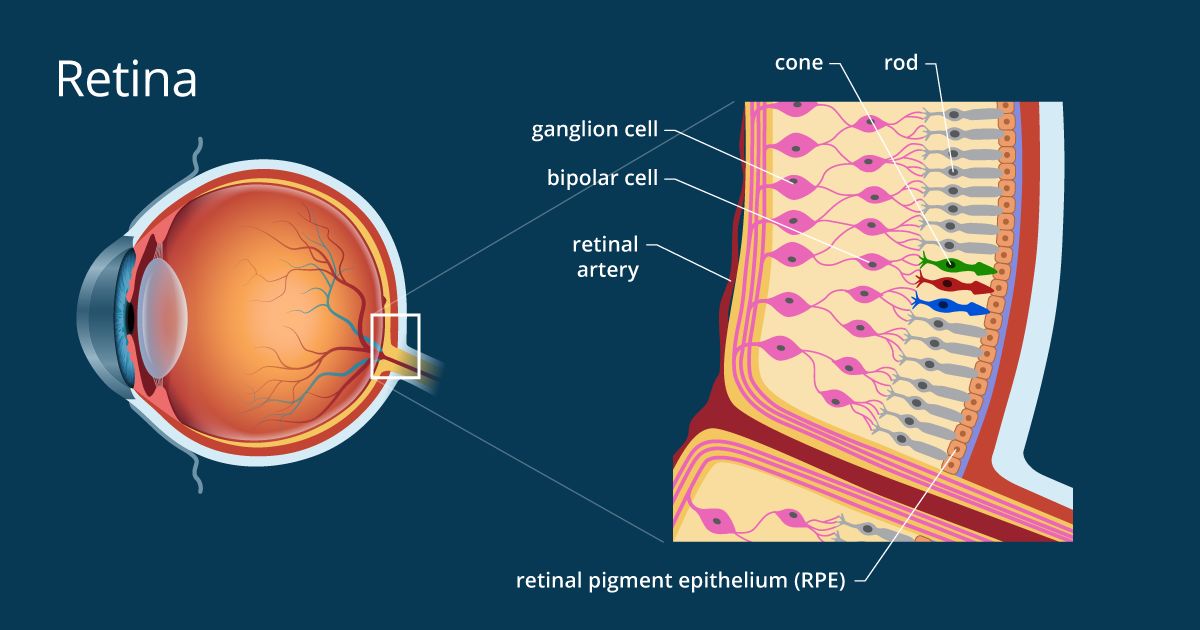Eye As Camera Presentation
| Introduction | ||
|---|---|---|
| The eye is often compared to a camera due to its ability to capture and process visual information. Like a camera, the eye has various components that work together to create an image. Understanding the eye as a camera can help us appreciate its complexity and the wonders of vision. | ||
| 1 | ||
| Anatomy of the Eye | ||
|---|---|---|
| The eye has several key components: the cornea, iris, lens, retina, and optic nerve. The cornea acts as a protective outer layer and helps focus light onto the retina. The iris controls the amount of light that enters the eye by adjusting the size of the pupil. | ||
| 2 | ||
| Light Entry and Refraction | ||
|---|---|---|
| Light enters the eye through the cornea and pupil. The lens in the eye refracts or bends the light to focus it onto the retina. This process is similar to how a camera lens focuses light onto the camera's image sensor. | ||
| 3 | ||
| Retina and Photoreceptors | ||
|---|---|---|
| The retina is a light-sensitive layer at the back of the eye. It contains specialized cells called photoreceptors, which convert light into electrical signals. These signals are then transmitted to the brain via the optic nerve for further processing. | ||
| 4 | ||
| Image Formation | ||
|---|---|---|
| The retina captures the image by converting light into electrical signals. The image formed on the retina is upside down and reversed compared to the actual scene. The brain interprets and reconstructs the image, allowing us to perceive it correctly. | ||
| 5 | ||
| Sensitivity to Light | ||
|---|---|---|
| The eye can adjust its sensitivity to different lighting conditions. In bright conditions, the pupil constricts to reduce the amount of light entering the eye. In dim lighting, the pupil dilates to allow more light in for better visibility. | ||
| 6 | ||
| Depth Perception | ||
|---|---|---|
| The eye, like a camera, has depth perception capabilities. This is achieved through a phenomenon called binocular vision, where the brain combines the slightly different images from each eye to perceive depth. Depth perception helps us judge distances accurately and navigate our surroundings. | ||
| 7 | ||
| Dynamic Range | ||
|---|---|---|
| The eye has an impressive dynamic range, allowing us to see both bright and dim objects. This range is achieved through a process called adaptation, where the eye adjusts its sensitivity to different levels of light. Cameras often struggle to capture the same level of detail in both bright and dark areas of a scene. | ||
| 8 | ||
| Limitations and Advancements | ||
|---|---|---|
| While the eye is a remarkable camera, it does have limitations. It can be affected by age-related conditions such as cataracts and macular degeneration. Advancements in technology have allowed us to develop artificial eyes and vision restoration techniques. | ||
| 9 | ||
| Conclusion | ||
|---|---|---|
| The eye as a camera metaphor helps us understand the complex processes involved in vision. Appreciating the eye's capabilities and limitations can lead to a greater understanding of vision-related issues. Continued research and advancements in technology will further enhance our knowledge and ability to simulate the eye's functions. | ||
| 10 | ||








